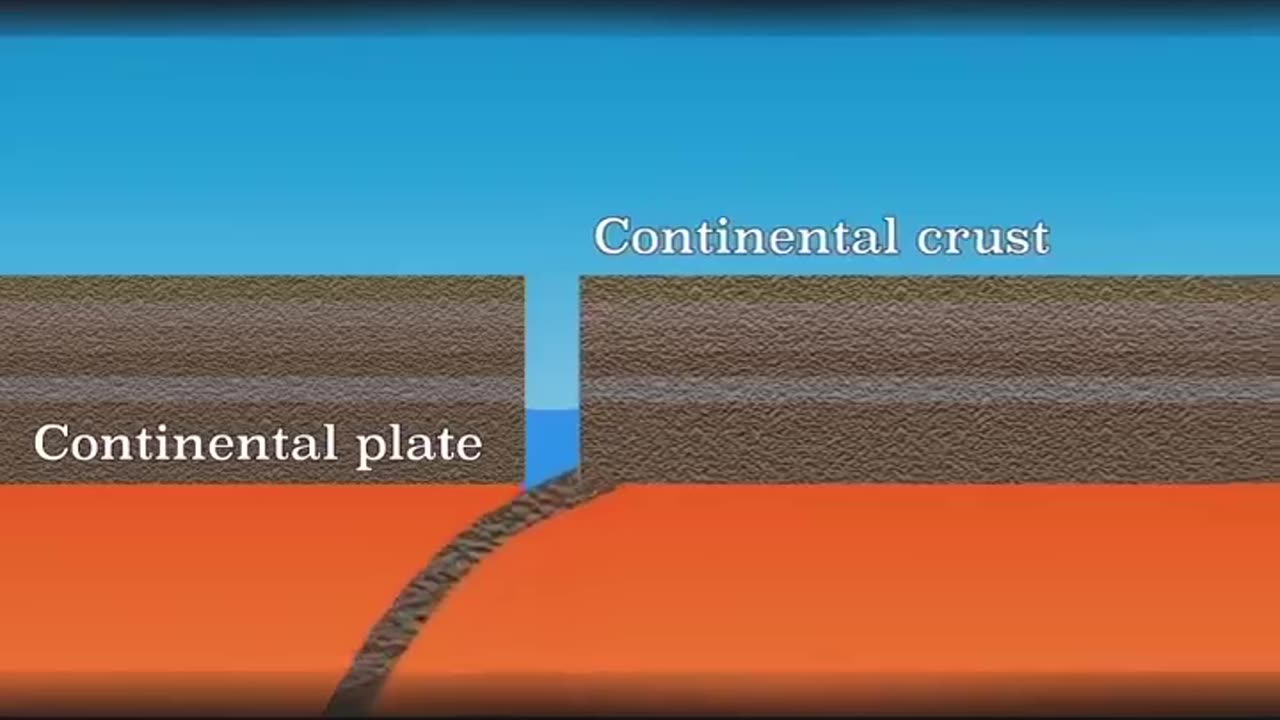Premium Only Content

How Mountains Are Created - Geography Basics
How Mountains Are Created - Geography Basics
A mountain is an elevated portion of the Earth's crust, generally with steep sides that show significant exposed bedrock. Although definitions vary, a mountain may differ from a plateau in having a limited summit area, and is usually higher than a hill, typically rising at least 300 metres (980 ft) above the surrounding land. A few mountains are isolated summits, but most occur in mountain ranges.
Mountains are formed through tectonic forces, erosion, or volcanism, which act on time scales of up to tens of millions of years. Once mountain building ceases, mountains are slowly leveled through the action of weathering, through slumping and other forms of mass wasting, as well as through erosion by rivers and glaciers.
High elevations on mountains produce colder climates than at sea level at similar latitude. These colder climates strongly affect the ecosystems of mountains: different elevations have different plants and animals. Because of the less hospitable terrain and climate, mountains tend to be used less for agriculture and more for resource extraction, such as mining and logging, along with recreation, such as mountain climbing and skiing.
The highest mountain on Earth is Mount Everest in the Himalayas of Asia, whose summit is 8,850 m (29,035 ft) above mean sea level. The highest known mountain on any planet in the Solar System is Olympus Mons on Mars at 21,171 m (69,459 ft).
More geography related videos here
https://rumble.com/playlists/cYA64Dyo9DY
-
 24:14
24:14
DeVory Darkins
1 day agoTrump announces HISTORIC WIN for American families as Costco launches shocking lawsuit
8.9K59 -
 20:31
20:31
Actual Justice Warrior
1 day agoOxford Student Who Celebrated Charlie Kirk's Murder Plays Victim
1.25K6 -
 23:40
23:40
Code Blue Cam
13 hours agoMan Celebrates Independence Day by Losing His Freedom
1565 -
 58:39
58:39
MattMorseTV
9 hours ago $23.16 earned🔴Rand Paul just made a BIG MISTAKE.🔴
46.7K140 -
 37:25
37:25
Nikko Ortiz
13 hours agoTerrible Military Deaths and War Crimes
6.16K5 -
 24:21
24:21
The Pascal Show
8 hours ago $4.24 earned'CHALLENGE ACCEPTED!' TPUSA Breaks Silence On Candace Owens Charlie Kirk Allegations! She Responds!
9K6 -
 19:23
19:23
MetatronHistory
15 hours agoThe REAL Origins and Function of the PRETORIANS in Ancient Rome
4.74K -
 2:03:59
2:03:59
Side Scrollers Podcast
18 hours agoKaceytron Publicly Humiliated by H3H3 + Sabrina Carpenter/White House FEUD + More | Side Scrollers
51.4K6 -
 2:17:46
2:17:46
The Connect: With Johnny Mitchell
4 days ago $17.00 earnedA Sitdown With The Real Walter White: How An Honest Citizen Became A Synthetic Drug Kingpin
96.3K2 -
 2:40:08
2:40:08
PandaSub2000
1 day agoDEATH BET | Solo Episode 01 (Edited Replay)
21.6K1